Content |
|---|
It is often thought that the Pinscher miniatura is a German Pinscher small, but it predates that race at least in 200 years. Originally paid for his maintenance as a buzzard in the German pens. It is believed to have been created by the crossing of races as diverse as the Sausage dog, the old german pinscher, the Manchester Terrier and the Italian Greyhound. The result was a spirited and fearless puppy.
It was very popular in Germany and Scandinavian countries., but it is not surprising that its international star began to grow. The Pinscher miniatura was first registered with the American Kennel Club in 1925 like Terrier for his mouse experience. The Miniature Pinscher Club of America was formed in 1929, and the dogs were reclassified as a toy breed in 1930. In America they were called Pinscher (Toy) until 1972, when they were renamed Miniature Pinscher.
Today, the Miniature Pinscher ranks 40th among AKC registered breeds, below 17th in 2000. As with many breeds, has changed position at the whim of the public, possibly because he's not the cute little lapdog some thought he would be, or simply because other breeds have captured the attention of the public.
Physical characteristics
The Pinscher miniature is the achicada image of the German Pinscher, flawless dwarfism. Its elegant square construction is clearly visible through her short hair, smooth and tight.
Its proportions are square because it has the same length as the cross height, between the 25 and 30 cm..
Its weight varies between the 4 and 6 kg maximum, at risk of suffering from the heart.
The hair is short and smooth, admitting only copies monocolores Red in their different shades and copies bicoloured Black with fire marks.
Traditionally, the Miniature Pinscher was the tail and ears cut, but now this practice is prohibited throughout the European Union.
Character and skills
A small dog with a great attitude and a bigger mouth, the Miniature Pinscher he has no idea he's not as big as a Doberman. Will face any threat, including a dog many times bigger than him. Will try to protect his family, will chase cats out of the yard and sound the alarm whenever he deems necessary, which is constant. And although it will fit in your puppy bag, you won't like to be there. This is a dog with a mind and a will of its own, not an accessory.
Don't let its designation as a toy dog ​​fool you. Like his older Terrier cousins, the Pinscher miniatura dig, will bark and chase anything that moves, including squirrels, cats and quite possibly other dogs. Unless well-bred and well-socialized – and sometimes even despite such advantages – is prone to being an annoying barker, suspicious of strangers and not very good with children.
The Pinscher miniatura It can be wonderful with older kids as long as the kids don't mistreat them. Their activity and energy level is suitable for children, and loves to be a family dog. Monitor interactions with young children so they don't hurt the dog, or viceversa.
Due to his tendency to be protective and territorial, the assertive, proud and stubborn Pinscher miniatura needs a firm and consistent training from the puppy stage to control his bites, as well as any tendency to bark inappropriately. Don't let him get away with bad behavior or he'll quickly become an almost impossible habit to break. It also, like many small dogs, Miniature Pinschers are difficult to house train; firmness and consistency are the keys to success.
The Miniature Pinscher is innately curious and likes toys that move or make noises. But, it is likely that at some point he will try to eat the toys… will gut a squeaky toy in no time. Flimsy rubber or plastic aren't the best bets for him.
Start training your puppy Pinscher miniatura the day i bring it home. Even at 8 or 10 weeks of age, He is able to absorb everything you can teach you. If possible, Take it to a trainer when you have between 10 and 12 weeks, and socializes, socialice, socialice. But, Note that many kinds of training puppies require certain vaccinations (such as kennel cough) stay up to date, and many vets recommend limited exposure to other dogs and public places until puppy vaccinations have been completed (including that of rage, distemper and parvovirus). Instead of formal training, You can start training your puppy to socialize at home and among family and friends until immunizations are completed in the puppy.
Talk to the breeder, Describe exactly what you want in a dog and ask for help choosing a puppy. Breeders see their puppies daily and can make incredibly accurate recommendations once they know something about their lifestyle and personality.. If you are looking for a Pinscher miniatura, look for one whose parents have nice personalities and who has been well socialized since the puppy's first stage.
Miniature Pinscher Health
All dogs have the potential to develop genetic health problems, just as all people have the potential to inherit a particular disease. Run, do not walk, from any breeder that does not offer a health guarantee on puppies, to tell you that the breed is 100 percent healthy and has no known problems, or tell you that your puppies are isolated from the main part of the home for health reasons. A reputable breeder will be honest and open about the breed's health problems and the incidence with which they occur in their lines..
The Miniature Pinscher is prone to some health problems. Here's a brief rundown of some of the conditions you should be aware of.
Like most small dogs, Miniature Pinscher's knees can be unstable and can come out of position easily, the common condition known as luxating patellas. This is one of the reasons why it is essential to keep your Miniature Pinscher at a proper weight..
Hip disease known as Legg-Calve-Perthes disease occurs in Min Pins. Causes a reduction in the blood supply to the head of the hind leg bone, which then begins to degrade. The first sign of Legg-Calve-Perthes, the limp, usually appears when the puppy has 4 to 6 months of age. In many cases, treatment requires surgery to remove the head of the leg bone.
Mucopolysaccharidosis VI, the MPSVI, it is a genetic defect in the way the body processes certain molecules. An accumulation of dermatan sulfate (a complex molecule) can occur in specific areas of the body. Stunted growth, joint damage, cloudiness of the eyes (which may look like waterfalls) and damage to the heart valves are some of the consequences of MPSVI. DNA test can identify affected dogs, carriers and normals. Breeding two carriers can produce affected puppies.
Other conditions that affect race include diabetes, dislocation of the elbow, congenital deafness and eye problems such as progressive retinal atrophy, glaucoma and hypoplasia of the optic nerve.
Not all of these conditions are detectable on a growing puppy, and it can be difficult to predict whether an animal will be free of these diseases, so you should find a trusted breeder who is committed to raising the healthiest animals possible. Must be able to produce independent certification that the dog's parents (and grandparents, etc.) have been tested for genetic defects and considered healthy for breeding. As minimum, breeder must have hip and knee evaluations of both breeding dogs.
If the breeder tells you that you do not need to do these tests because you have never had problems in your lines, your dogs have been vet checked, or any of the other excuses bad breeders have to skimp on their dogs' genetic testing, vaiyase.
Careful breeders screen their breeding dogs for genetic diseases and breed only the healthiest, best-looking specimens., but sometimes Mother Nature has other ideas and a puppy develops one of these diseases despite good husbandry practices. Advances in veterinary medicine mean that in most cases dogs can still live a good life. If you are going to have a puppy, ask the breeder about the ages of the dogs in their lines and what they died of.
Not all visits from Pinscher miniatura to the vet they are due to a genetic problem. Due to its size and athletics, broken legs are not uncommon.
Remember that after bringing a new puppy home, has the power to protect you from one of the most common health problems: the obesity. Keep a Pinscher miniatura with a proper weight is one of the easiest ways to prolong your life. Make the most of diet and exercise to help ensure a healthier dog for life.
Caring for the Miniature Pinscher
Miniature Pinschers are very easy to groom due to their short, soft fur. Just use a bristle brush once or twice a week. They lose an average amount, but its small size means less hair is lost than in a larger dog with the same type of short hair.
Bathe the Miniature Pinscher as desired or only when it gets dirty. With the gentle dog shampoos available now, You can bathe a Miniature Pinscher weekly if you want without damaging its coat.
As with all Toy breeds, dental problems are common. Brush your Miniature Pinscher's teeth daily with a vet-approved pet toothpaste and have them checked regularly by your vet. Nails should be cut every two weeks; should not hear the clicking of the toenails when the dog walks.
Characteristics "Miniature Pinscher"
Coexistence is important that you have with your new friend. Before considering the acquisition of a dog of the breed "Miniature Pinscher" you know certain factors. Not all breeds of dogs are apt to live in an apartment, you must take into account his character, their need for exercise, their interaction with other pets, their care and if you have small children, their level of tolerance towards them.
Adaptation ⓘ5.0 out of 5 stars (based on 1 review)
|
friendly dog ⓘ2.0 out of 5 stars (based on 1 review)
|
hair loss ⓘ2.0 out of 5 stars (based on 1 review)
|
|---|---|---|
Affection level ⓘ5.0 out of 5 stars (based on 1 review)
|
Need for exercise ⓘ2.0 out of 5 stars (based on 1 review)
|
Social need ⓘ4.0 out of 5 stars (based on 1 review)
|
Home ⓘ4.0 out of 5 stars (based on 1 review)
|
Toilet ⓘ1.0 out of 5 stars (based on 1 review)
|
Friendly with strangers ⓘ3.0 out of 5 stars (based on 1 review)
|
barking ⓘ5.0 out of 5 stars (based on 1 review)
|
Health ⓘ2.0 out of 5 stars (based on 1 review)
|
Territorial ⓘ4.0 out of 5 stars (based on 1 review)
|
Cat friendly ⓘ3.0 out of 5 stars (based on 1 review)
|
Intelligence ⓘ5.0 out of 5 stars (based on 1 review)
|
Versatility ⓘ4.0 out of 5 stars (based on 1 review)
|
Child friendly ⓘ3.0 out of 5 stars (based on 1 review)
|
Surveillance ⓘ5.0 out of 5 stars (based on 1 review)
|
joy ⓘ4.0 out of 5 stars (based on 1 review)
|
The Miniature Pinscher pictures
Videos del Pinscher Miniatura
Type and recognitions:
- FCI CLASSIFICATION: 185
- Group 2: Pinscher and Schnauzer - Molossoid and Swiss Mountain and Cattledogs
- Section 1: Pinscher and Schnauzer type. Without working trial.
Federations:
- – FCI – Pinscher and Schanuezer dogs. Molossian type Dogs and Swiss Mountain and Cattle Dogs. , Section 1: Pinscher and Schnauzer. ⓘ
- – AKC – Toys ⓘ
- – ANKC – Group 1 (Toys) ⓘ
- – CKC – Group 5 – (Toys) ⓘ
- – KC – Toys ⓘ
- – NZKC – Toys ⓘ
- – UKC – Companion Breeds ⓘ
FCI breed standard "Miniature Pinscher"
Alternative names:
1. Min Pin, King of the Toys (English).
2. Pinscher Nain (French).
3. Rehpinscher, Miniature Pinscher, Minpin, Minidoberman; in Österreich auch unter Rehrattler bekannt (German).
4. Pinscher miniatura (Portuguese).
5. Pinscher enano (español).
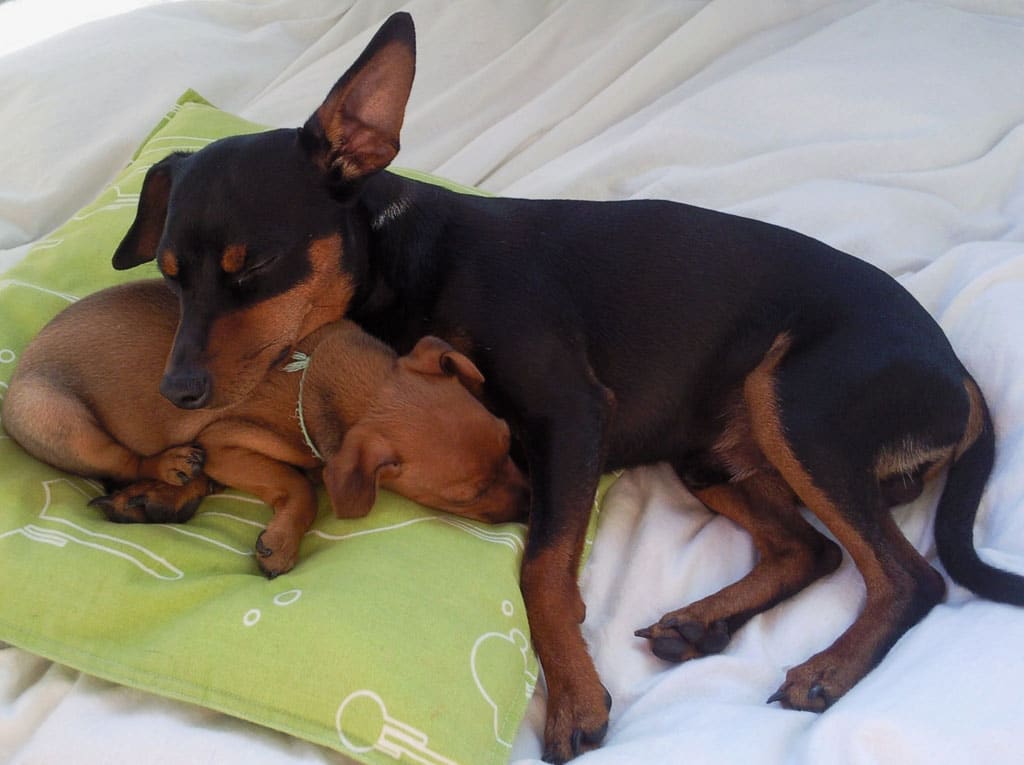
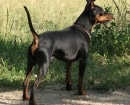
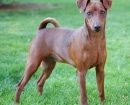
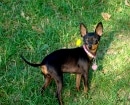
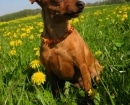
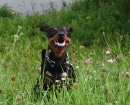
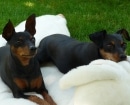
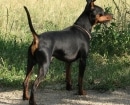
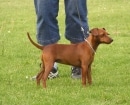
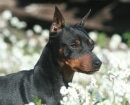
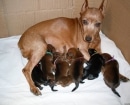
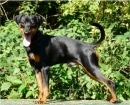
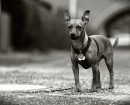
 Zwergpinscher
Zwergpinscher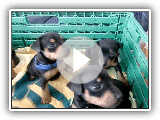 Play Miniature Pinscher puppies!!
Play Miniature Pinscher puppies!!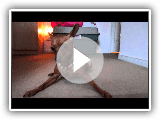 Miniature Pinscher playing with hands
Miniature Pinscher playing with hands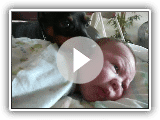 Don’t wake the baby! Min pin guards baby.
Don’t wake the baby! Min pin guards baby.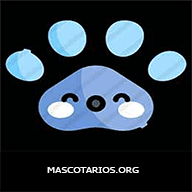
I like the dog breed is miniature pinscher black male with caramel paw will be brother of rei rodriguês oliveira only in the place of daniele and family.